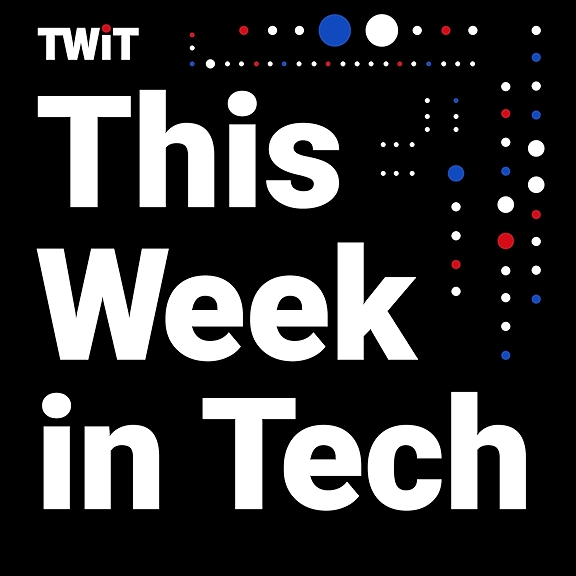
How fast can you develop a vaccine? Never has this challenge been put to the test quite so intensely as in 2020.
In fact, Jason Moore, who heads Bioinformatics at UPenn thinks that if the virus had hit 20 years ago, the world might have been doomed. It’s only thanks to modern technology that we now have a safe vaccine. He said, “I think we have a fighting chance today because of AI and machine learning.”
So, how did AI help to make the Covid-19 vaccine a reality? The short answer is a combination of computational analysis and the system of AlphaFold. I talk more about how researchers developed the vaccine so fast in this episode of Short and Sweet AI.
In this episode find out:
- How AI was used to learn more about Covid-19 through data analysis
- How AI helped researchers develop the vaccine so quickly
- Where we would be without AI and machine learning
Important Links & Mentions
- Deep Mind, Gaming, + the Nobel Prize
- AlphaFold: Using AI for Scientific Discovery
- Alpha Fold: the making of a scientific breakthrough
Resources:
- IEEE Spectrum - What AI Can–and Can’t–Do in the Race for a Coronavirus Vaccine
- Wired.com - AI Can Help Scientists Find a Covid-19 Vaccine
- Washington Post - Artificial Intelligence and Covid-19: Can the Machines Save Us?
Episode Transcript:
Friends tease me because I’m so fascinated with artificial intelligence that I will claim AI is the reason we have a safe Covid-19 vaccine so quickly. And they’re right, it is one of the reasons. In fact, Jason Moore, who heads Bioinformatics at U Penn thinks if this virus had hit 20 years ago, the world might have been doomed. He said “I think we have a fighting chance today because of AI and machine learning.
How did AI help to make the Covid-19 vaccine a reality? The short answer is through computational analysis and Alpha Fold.
But first, a little background on vaccines. A vaccine provokes the body into producing defensive white blood cells and antibodies by imitating the infection. In order to imitate an infection, you need to find a target on the virus. Once you find the target you need to understand its 3D shape to make the vaccine against it. But it’s really hard to figure out all the possible shapes before you find the one, unique 3D shape of the target, unless…unless of course you use AI.
In the case of the Covid-19 vaccine, Google’s machine learning neural network called Alpha Fold saved the day. Alpha Fold predicted the 3D shape of the virus spike protein based on its genetic sequence. And did it really fast, as early as March 2020, three months after the pandemic started. Without AI, it would have taken months and months to come up with what the best possible target protein could be, and it might have been wrong. But with AI, researchers were able to race ahead to ultimately develop the mRNA vaccine.




















